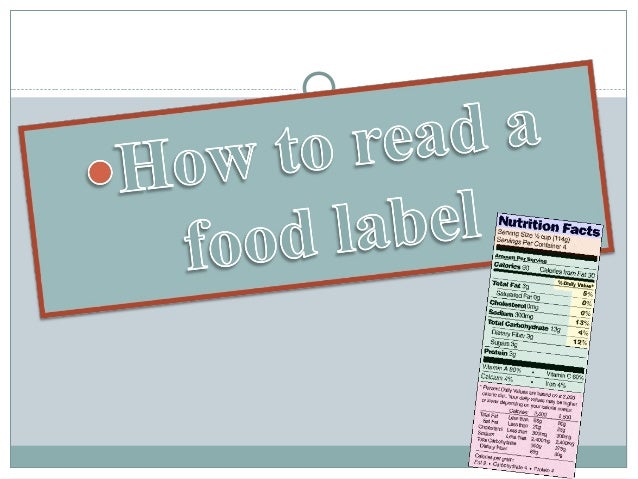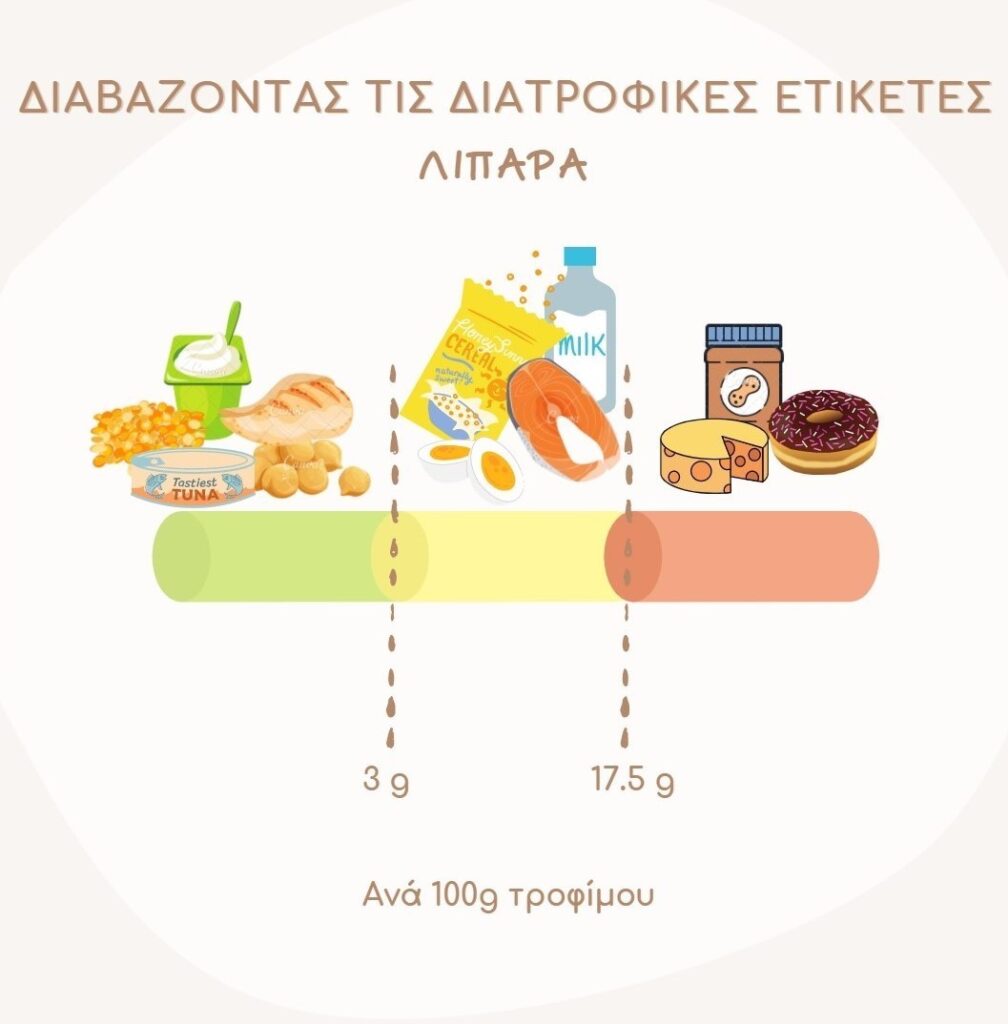38 reading food labels in canada
Use food labels - Canada's Food Guide Food labels provide information you can use to make informed choices about foods and drinks at the grocery store and at home. Food labels can help you: compare and choose products more easily know what ingredients a food product contains choose products with a little or a lot of the nutrients that are of interest to you Changes to food labels Nutrition labels: Finding out about the food you eat Food labels are found on packaged food, typically called the "Nutrition Facts Table". These labels are there to tell you what is in your food and to help you make informed choices about food purchasing. What can food labels tell you? Food labels can help you: compare and choose foods easily to make informed decisions.
Understanding a food label - Canadian Food Inspection Agency How to read a food label. Today's food labels contain a lot of information, which can make them confusing. Sometimes, companies use labels to make products stand out using claims and photos, but these can distract consumers from other relevant parts of the label. ... A "Product of Canada" label means that all, or virtually all (generally 98 per ...
/pblinitiative/images/image-ID-35f28dee-0d6b-4427-e5c6-bf7e16bc61a0.png)
Reading food labels in canada
Understanding Food Labels in Canada - Unlock Food How to use the Nutrition Facts table Step 1: Look at the serving size The serving size is at the top of the Nutrition Facts table. All the information in the Nutrition Facts table is based on this amount. Compare this to the amount of food you actually eat. About food labels - Canada.ca By law, most packaged food must be labelled with: a nutrition facts table, which gives you information on: serving size. calories. nutrients. percent daily values (% DV) an ingredient list, which lists all the ingredients in a food by weight. this begins with the ingredient that weighs the most and ends with the ingredient that weighs the least. PDF Using the Nutrition Facts Table: % Daily Value - canada.ca READ the % DV The % DV helps you see if a specific amount of food has a little or a lot of a nutrient. ... Use the Nutrition Facts table and Eating Well with Canada's Food Guide to make healthier food choices. 2 3 Nutrition Facts Per 9 crackers (23 g) Amount % Daily Value Calories 90 Fat 4.5 g 7 % Saturated 2.5 g 13 % + Trans 0 g
Reading food labels in canada. Reading food labels - Food Allergy Canada Choose a few food packages from your kitchen cupboards and read the labels carefully. This is an easy way to practice label reading. Remember to look for precautionary statements on the package. Give yourself more time for grocery shopping so you can read food labels carefully. Reading food labels shouldn't be complicated. Here's how to understand ... Here's how to understand Canada's new nutrition labels. Leslie Beck. Special to The Globe and Mail. Published July 11, 2022Updated July 12, 2022. ... Read the ingredient list. Food labels - Canada.ca Understanding food labels About nutrition facts tables, serving size, the list of ingredients, percent daily value and nutrition claims. Food label requirements Industry Labelling Tool for Canadian food inspectors and stakeholders. Shopping for Canadian food Canadian Food Consulting Services - Food Labels Canada Food labels Canada assists domestic and international food companies with their food product labeling to ensure 100% compliance with the Canadian Food Inspection Agency label requirements. These regulations are under the Safe Foods for Canadians Act, the Food and Drugs Act, and Consumer Packaging and Labelling Act.
PDF Label Reading the Healthy Way - Alberta Health Services It is the law in Canada that most foods have a label. Foods that don't need a label are: fresh vegetables and fruit raw meat and poultry (ground meat and ground poultry must have labels) raw fish and seafood pre-packaged meat and poultry barbecued, roasted, or broiled in the store baked goods made in the store alcoholic drinks bulk foods How to read a food label - Concordia University There are three main kinds of information on a label: the Nutrition Facts panel, the ingredient list and the nutrition claim. How to read a Nutrition Facts panel. The Nutrition Facts panel lists the serving size, amount of calories per serving and the amount of 13 nutrients per serving. It can be used to compare two different brands of a food ... How to Read Nutrition Labels Like a Pro | Reader's Digest Canada How to Read Nutrition Labels in Canada, Line by Line Serving Size. When it comes to learning how to read nutrition labels, the first place to look is the serving size. Located directly under the "Nutrition Facts" title at the top of the list, it displays the amount of fat, calories and nutrients you're consuming. Compare the specific ... How To Read Nutrition Labels (Canada) - YouTube In this video, I cover how to read nutrition labels (Canada.) Nutrition labels can look like complicated algebra but are really simple once broken down into ...
How to read nutrition facts labels - Diabetes Care Community The Nutrition Facts table gives you information about the amount of basic or essential nutrients and calories in a certain amount of any particular packaged food. You can use this information along with the % Daily Value to compare and choose food products. Reading the ingredient list can also help you make better food choices! PDF How to Read Food Laels & Understand Anada'S Food Guide anada's Food Guide provides many tips to help you buy the healthiest choices from each of the food groups. Reading labels can help you decide which products are best for you. All the information on the Nutrition Facts is based on a specific amount of food. You can use the Nutrition Facts table to: Compare products more easily. How to read food date labels and packaging - Canada.ca Retail-packaged foods may be labelled with either a "best before" date and storage instructions, or the date packaged, along with a "best before" date and storage instructions. Fast facts Food with an anticipated shelf life greater than 90 days are not required to be labelled with a "best before" date or storage information. Nutrition Labelling - Canada.ca Nutrition labelling is information found on the labels of prepackaged foods. The legislated information includes: The Nutrition Facts table The ingredient list Some optional nutrition claims These give you information about the nutritional value of a food. You can use this information to make healthier food choices and achieve overall good health.
Understanding food labels - Canada.ca Find information on food labels and how to understand them. Learn about nutrition facts tables, serving size, list of ingredients, % daily value and nutrition claims.
How to Read Nutrition Labels in Canada | Beyond Diabetes Nutrition ... How to Read Nutrition Labels for Diabetes: Your Guide to Label Reading in Canada Nutrition labels can be a great tool for helping you make food choices that align with your health goals. But it can feel overwhelming trying to compare everything (especially while we are still in the transition period between the old to new label formats).
PDF Using the Nutrition Facts Table: % Daily Value - canada.ca READ the % DV The % DV helps you see if a specific amount of food has a little or a lot of a nutrient. ... Use the Nutrition Facts table and Eating Well with Canada's Food Guide to make healthier food choices. 2 3 Nutrition Facts Per 9 crackers (23 g) Amount % Daily Value Calories 90 Fat 4.5 g 7 % Saturated 2.5 g 13 % + Trans 0 g
About food labels - Canada.ca By law, most packaged food must be labelled with: a nutrition facts table, which gives you information on: serving size. calories. nutrients. percent daily values (% DV) an ingredient list, which lists all the ingredients in a food by weight. this begins with the ingredient that weighs the most and ends with the ingredient that weighs the least.

What to Look for on Current Nutrition Labels - Dietetic Directions - Dietitian and Nutritionist ...
Understanding Food Labels in Canada - Unlock Food How to use the Nutrition Facts table Step 1: Look at the serving size The serving size is at the top of the Nutrition Facts table. All the information in the Nutrition Facts table is based on this amount. Compare this to the amount of food you actually eat.















Post a Comment for "38 reading food labels in canada"